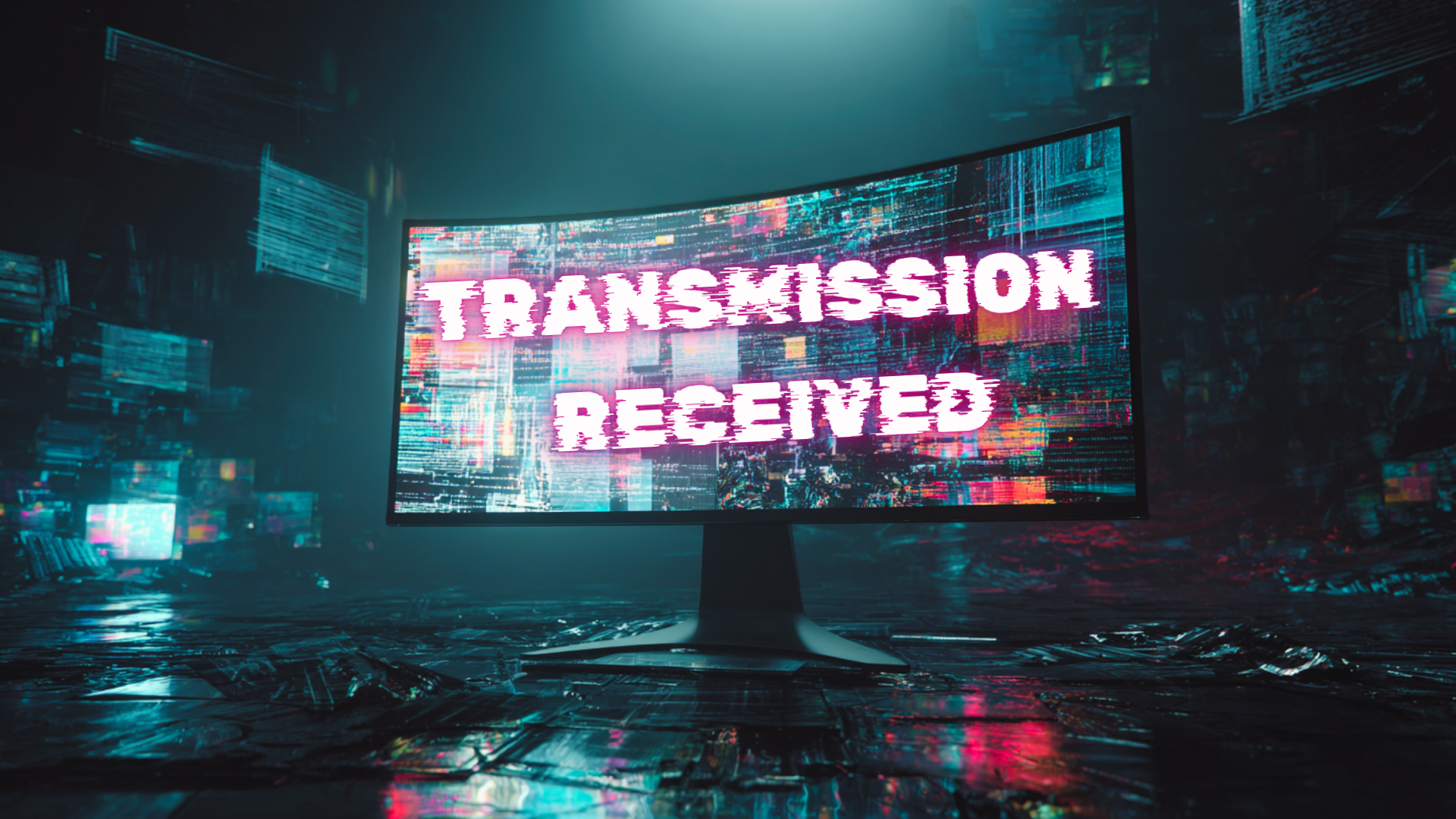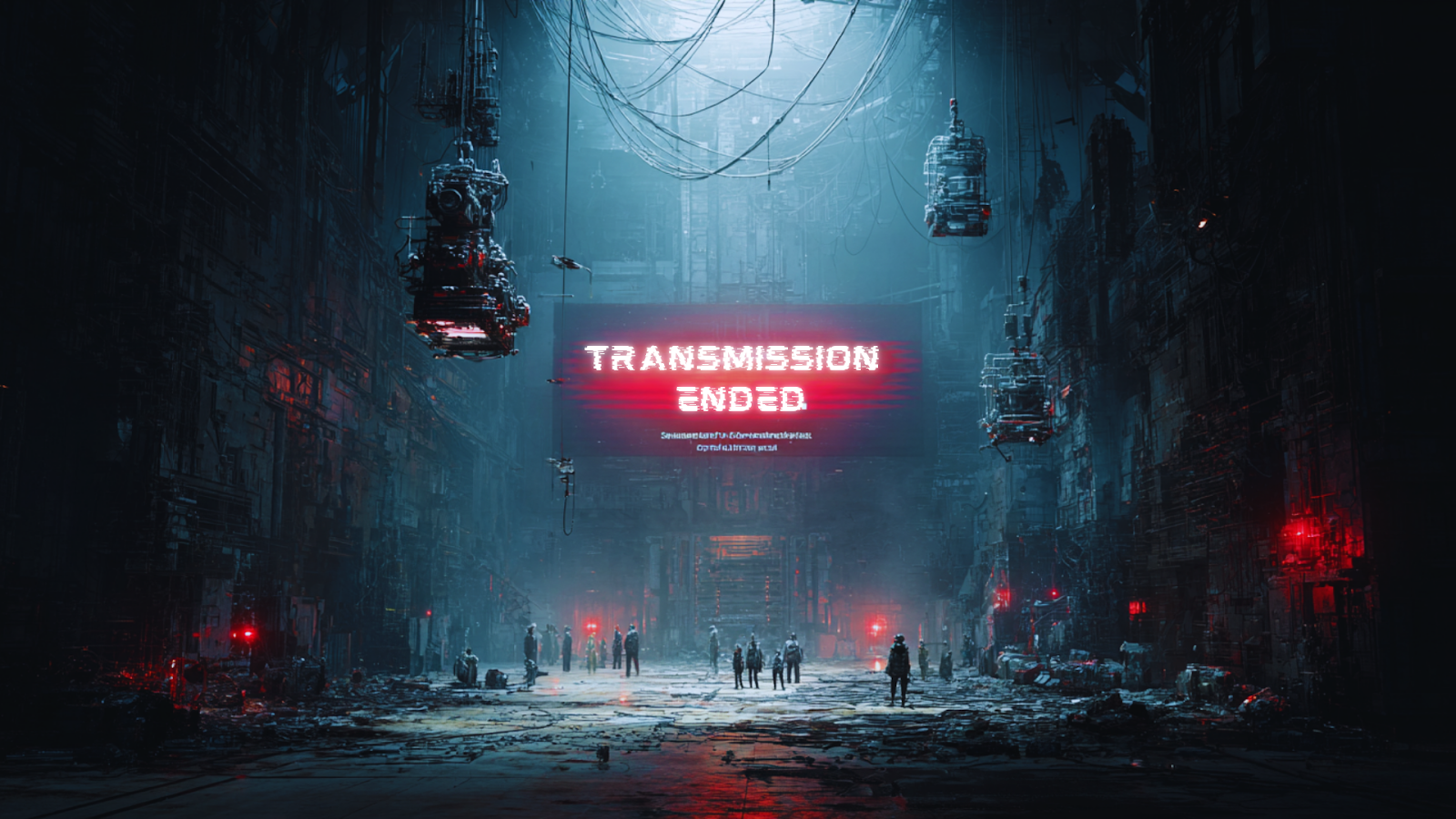
The voice cuts in — distorted, almost broken: “Transmission optimized, now at full power, Shy.”
Then the flash: plasma. A Class 1 drone. A blade so thin it hums through atoms.
That’s how it begins — not with a title page, not with a summary. With a warning.
Kusama’s AI Paper doesn’t ease in. It detonates.
This isn’t a speculative think piece or some neat little manifesto dressed up for Medium. It feels like a smuggled artifact — rushed, raw, pushed through interference from a future that didn’t have time to explain itself.
What you’re reading isn’t designed for comfort. It’s designed to break through.
Skip the panel discussions. Forget the polished TED talks. Kusama doesn’t warm up. The AI Paper drops you straight into the aftermath. One moment it’s jokes about AI-generated selfies—then it’s 80% unemployment, almost overnight.
He doesn’t mince it: “You heard 10%-20% unemployment in five years? Cute.”
There’s nothing abstract about this future. It’s not described from above — it’s relayed from the ground. A place where entire economies have folded into convenience. Where jobs disappeared, not because AI was evil, but because it was efficient. Obscenely so.
People vanished into ease. The machines didn’t need them anymore.
And when systems started replacing memory, speech, governance, the people who remembered how to build were already scattered. Fragmented. But not gone.

Midway through, the AI Paper slows down — not in pace, but in precision. Shytoshi outlines what he calls the Seven Pillars of AI, and this is where the tone shifts from survivor to strategist.
He’s not just reliving what happened. He’s documenting the pieces that broke—and the ones that held.
Each one reshaped society, not in theory, but in function. And each one, Shytoshi suggests, still has a counterpart in our present.
Then comes the pivot. The part that might be most familiar to us — if we’ve been paying attention.
Shiba Inu isn’t a meme. Not here. Not anymore. It’s structure. It’s constitutional.
These aren’t metaphors. They’re roles. He calls them “organs.” Together, they operate like a decentralized republic designed to survive systemic failure.
And in that blueprint, maybe, is the paper’s most stubborn message: they didn’t just collapse. They rebuilt.
No outro. No sign-off. Just one final system note:
“Transmission Ended…”
That’s how it finishes. Not with reassurance. Not with answers. But with a signal that got through, barely. A battered package of information from a future that didn’t ask for our permission — it just arrived.

You don’t have to agree with every detail. You don’t even have to believe it. But here’s the uncomfortable truth: most of what the AI Paper describes is already happening
The centralization. The rollout of AI as replacement rather than augmentation. The slow fade of human participation.
And in the background — quietly, steadily — something like SHIB OS is forming. TREAT, BONE, LEASH… they’re more than ideas. They’re gears turning in the margins of the mainstream.
Maybe this isn’t a prophecy. Maybe it’s history written in reverse.
Either way, it’s not waiting for us.
Read it. Map it. Share it.
Then figure out where you’ll stand when the signal comes again.